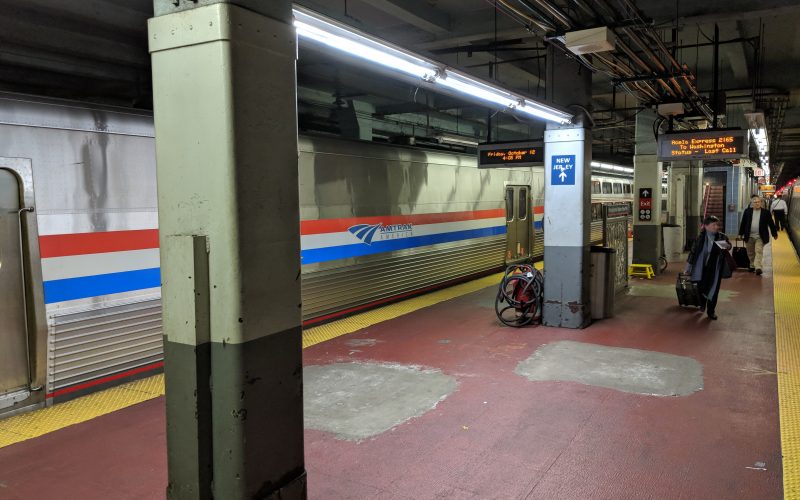Harsh Environments
Transit stations and tunnels can be punishing environments for light fixtures. Additional certifications should be sought to insure your investment in light fixtures delivers the expected lifetime, and the fixtures don’t fail prematurely. This is critical to minimize the total cost of ownership for specified luiminaires.
ANSI-C136.31 establishes minimum vibration withstand capability for roadway, area, and transit facility luminaires, including vibration test methods. The types of vibration are limited to externally induced vibration including wind induced vibration and traffic induced vibration. ANSI-C136.31 does not address natural or catastrophic disasters. Most luminaires are tested to 1.5G forces, however, bridges and overpasses are tested to 3.0G. These tests require that the luminaire shall be capable of withstanding the prescribed vibration for 100,000 cycles in each plane.
High IP rating – The first digit in the ingress protection (IP) rating scale represents the level of protection against solids, dirt, and dust. The highest level of protection for the first digit is a 6, representing no ingress of dust. The second digit is protection from liquid ingress, including water. The highest value is a 9. For transit facilities, seek fixtures with an IP rating of IP68 or higher.
High IK rating – The highest impact rating on the IK scale is IK10. IK10 protects against the impact of a 5 kg (~ 11 lbs) mass dropped from 200 mm (~ 8 inches) above the impacted surface. This represents a 20 joules impact. For transit facilities seek fixtures with a high IK rating from IK07 to IK10.

